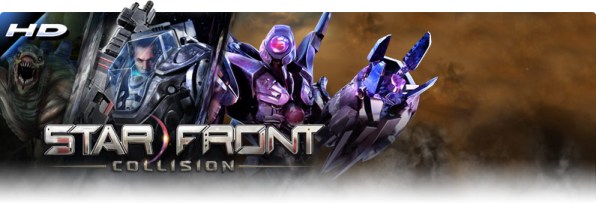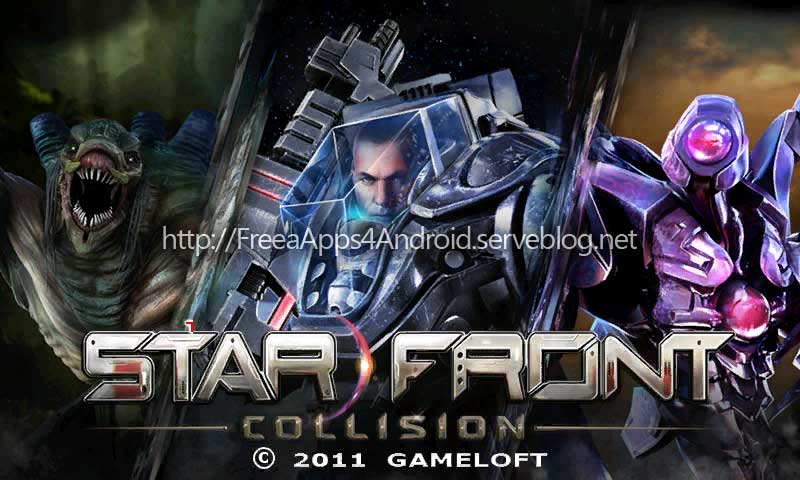



These controls, while helpful, just don’t seem as fluid, and you usually end up going back to using the touchscreen all the time. The X button returns your camera to your HQ and the touchpads are used to pan the camera and zoom in and out. The L and R shoulder buttons select and de-select all units on screen respectively, which is incredibly useful when you can’t afford to obscure the view of a firefight with your own greasy mitts. The Play’s physical controls have also been introduced in this version, providing a few useful shortcuts. It’s intuitive and simple, and most of the time it works fine. You can select single units by tapping on them or select a group of units by dragging a box around them with two fingers. This hasn’t changed in the Xperia Play version.
#STARFRONT COLLISION GAMELOFT ANDROID#
If there was one thing to be said for the Android and iPhone editions, it’s that they made very good use of the touchscreen when implementing the strategy controls. Luckily, Starfront: Collision does exactly this. Then again, if you’ve been anywhere near Pocket Gamer in the past you’ll know that we tend to turn a blind eye to Gameloft's copycat ways, so long as the game plays solidly. It isn’t so much a gentle nod toward StarCraft II as a giant headbutt. If you’ve been anywhere near an RTS in the past year, you’ll immediately recognise the influences behind Gameloft’s Starfront: Collision.


 0 kommentar(er)
0 kommentar(er)
